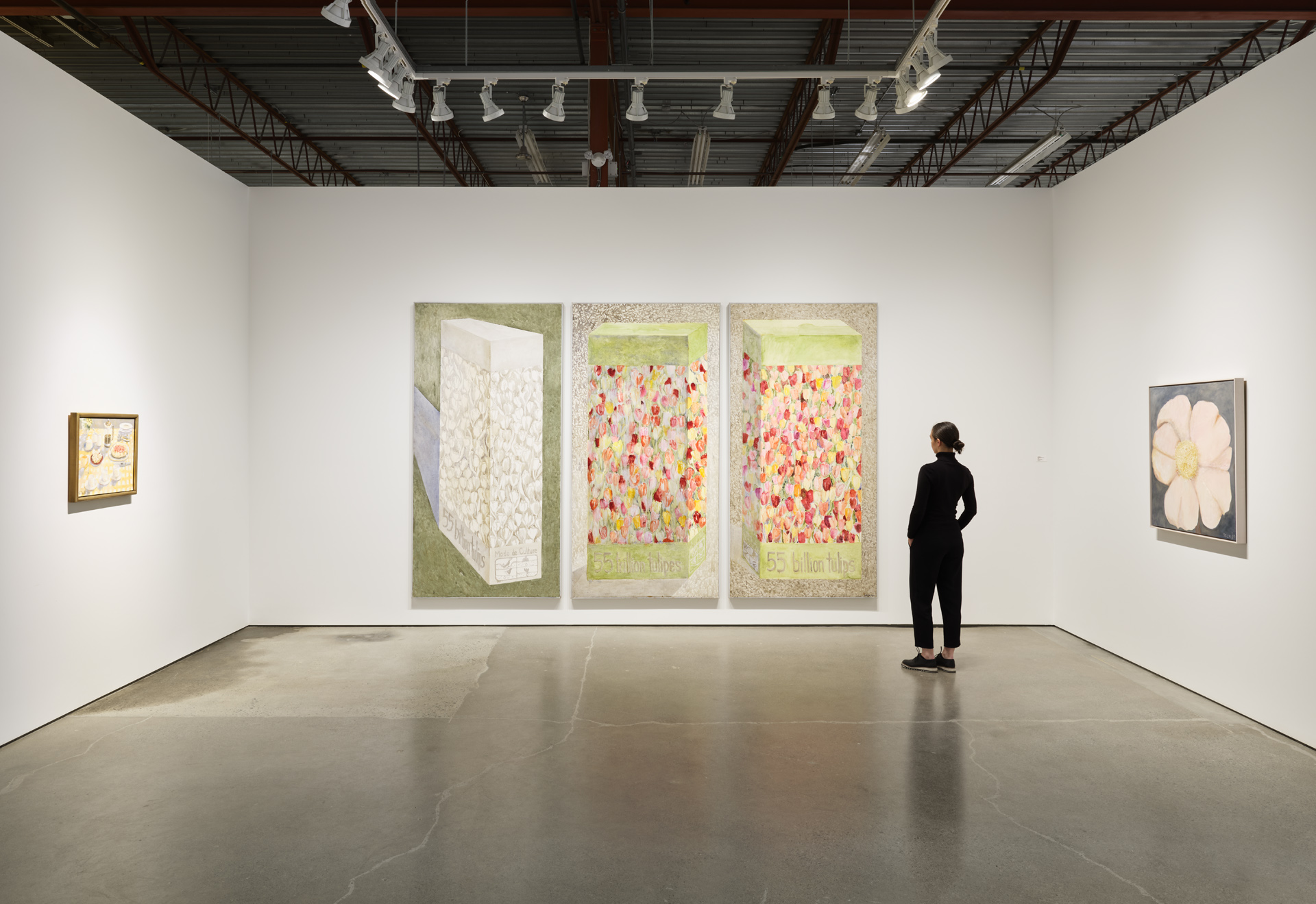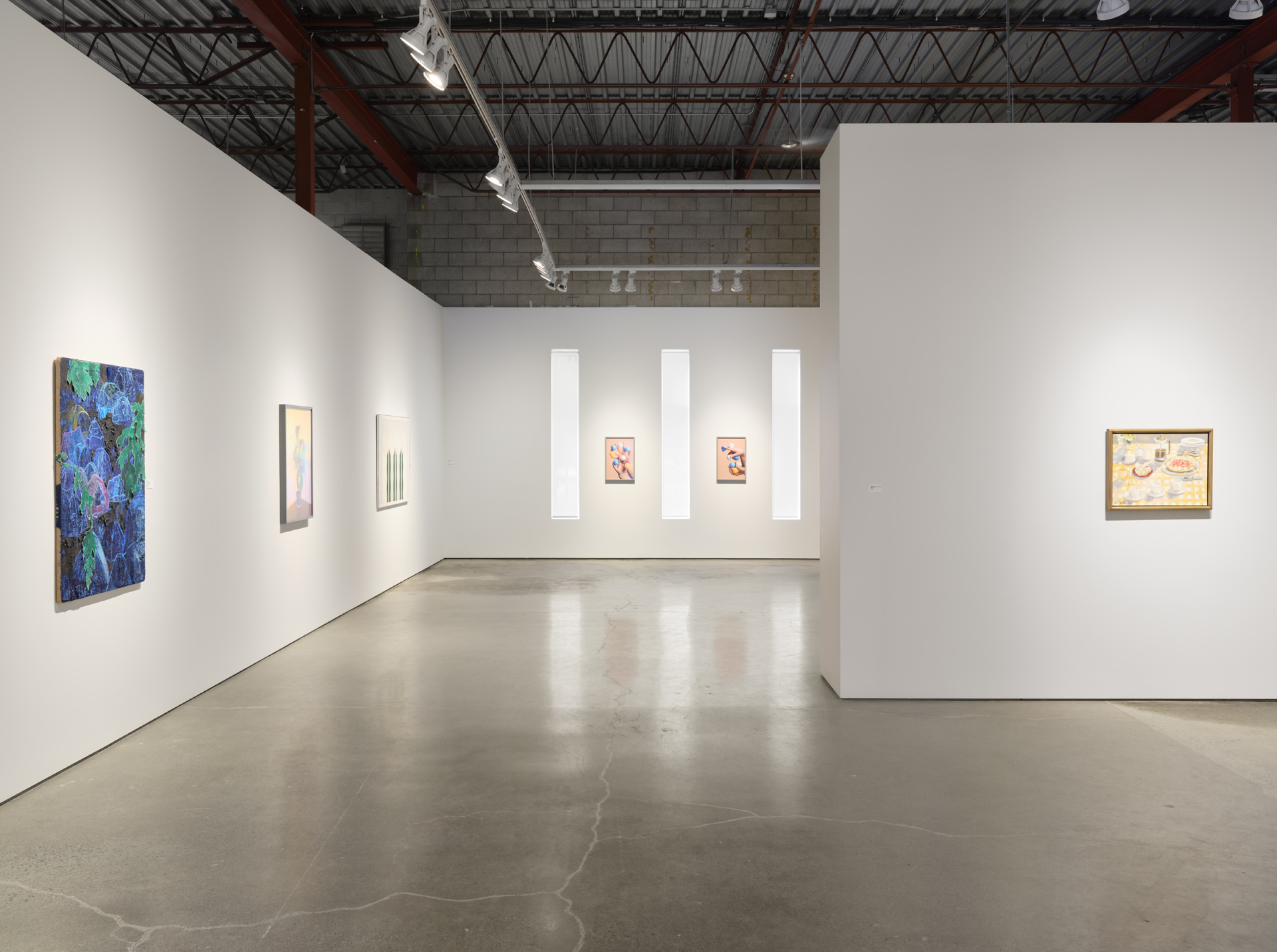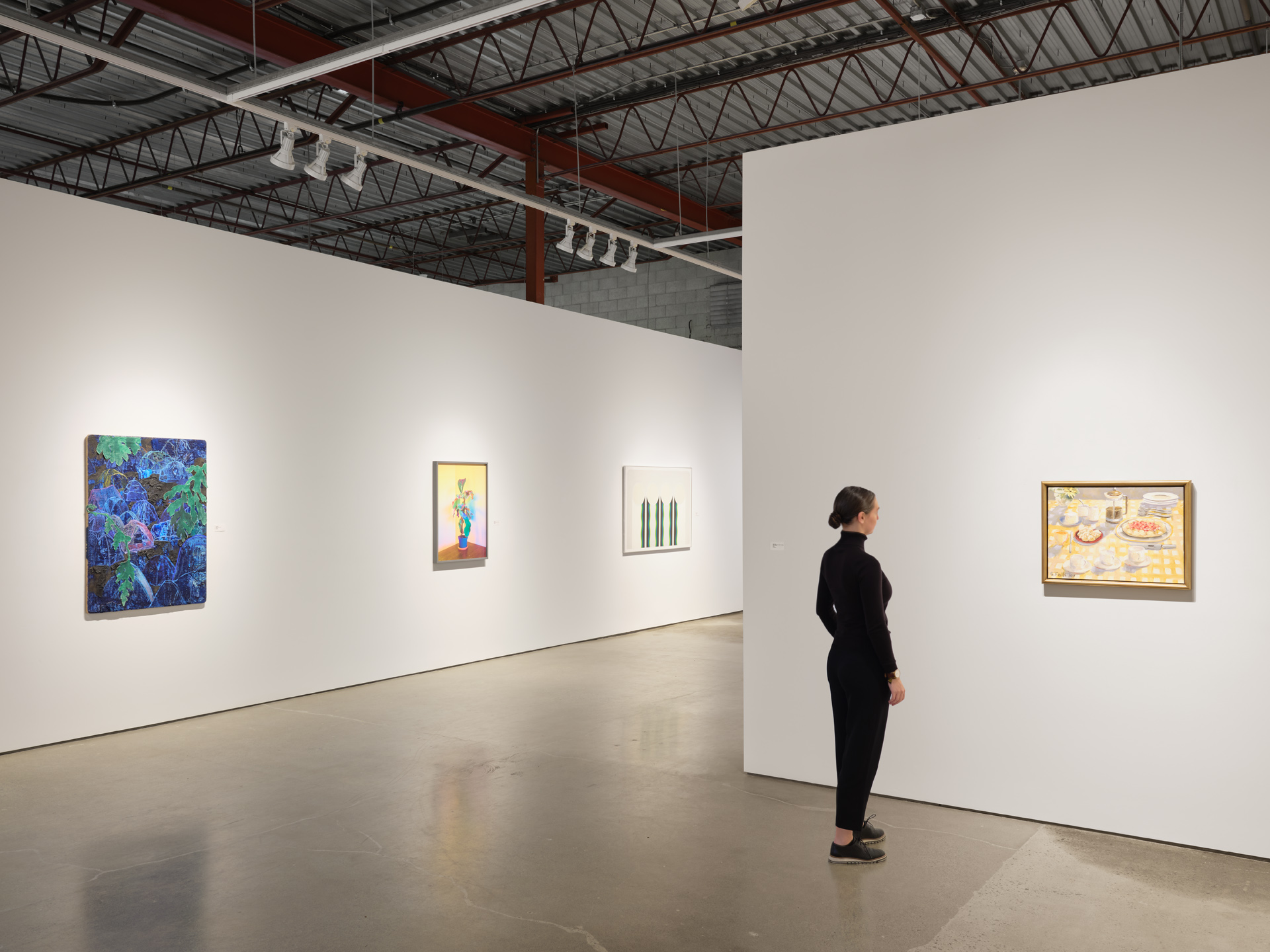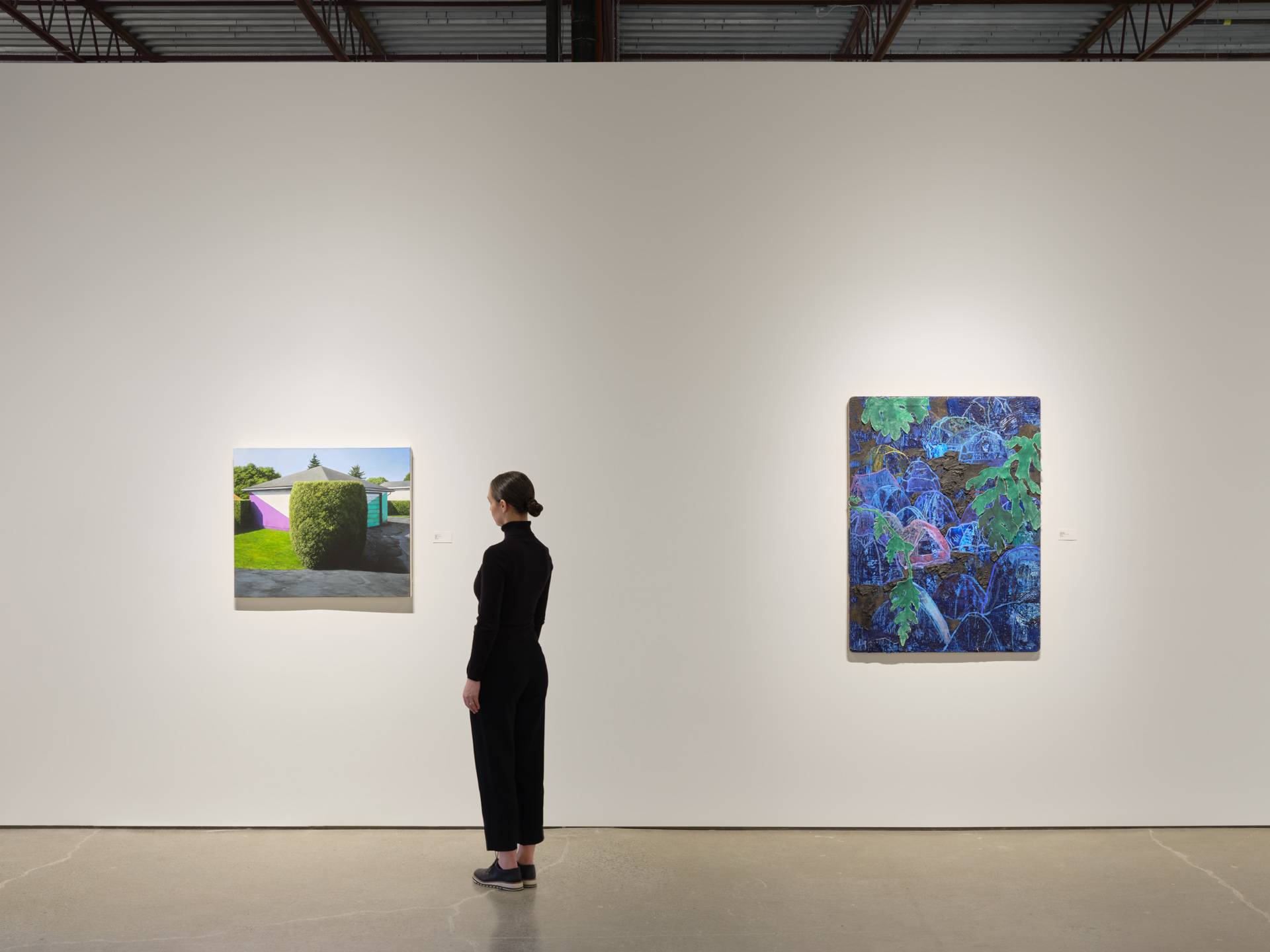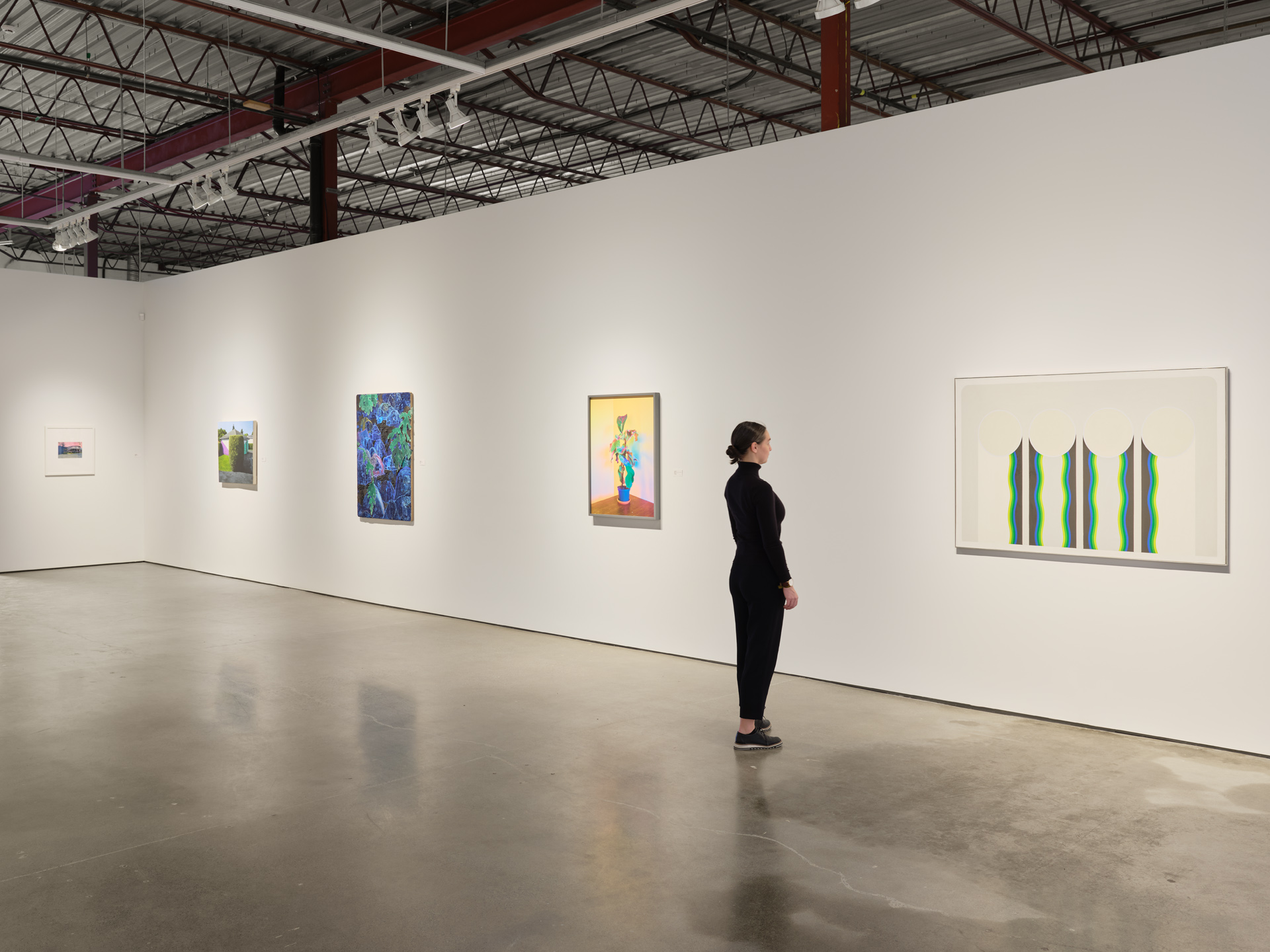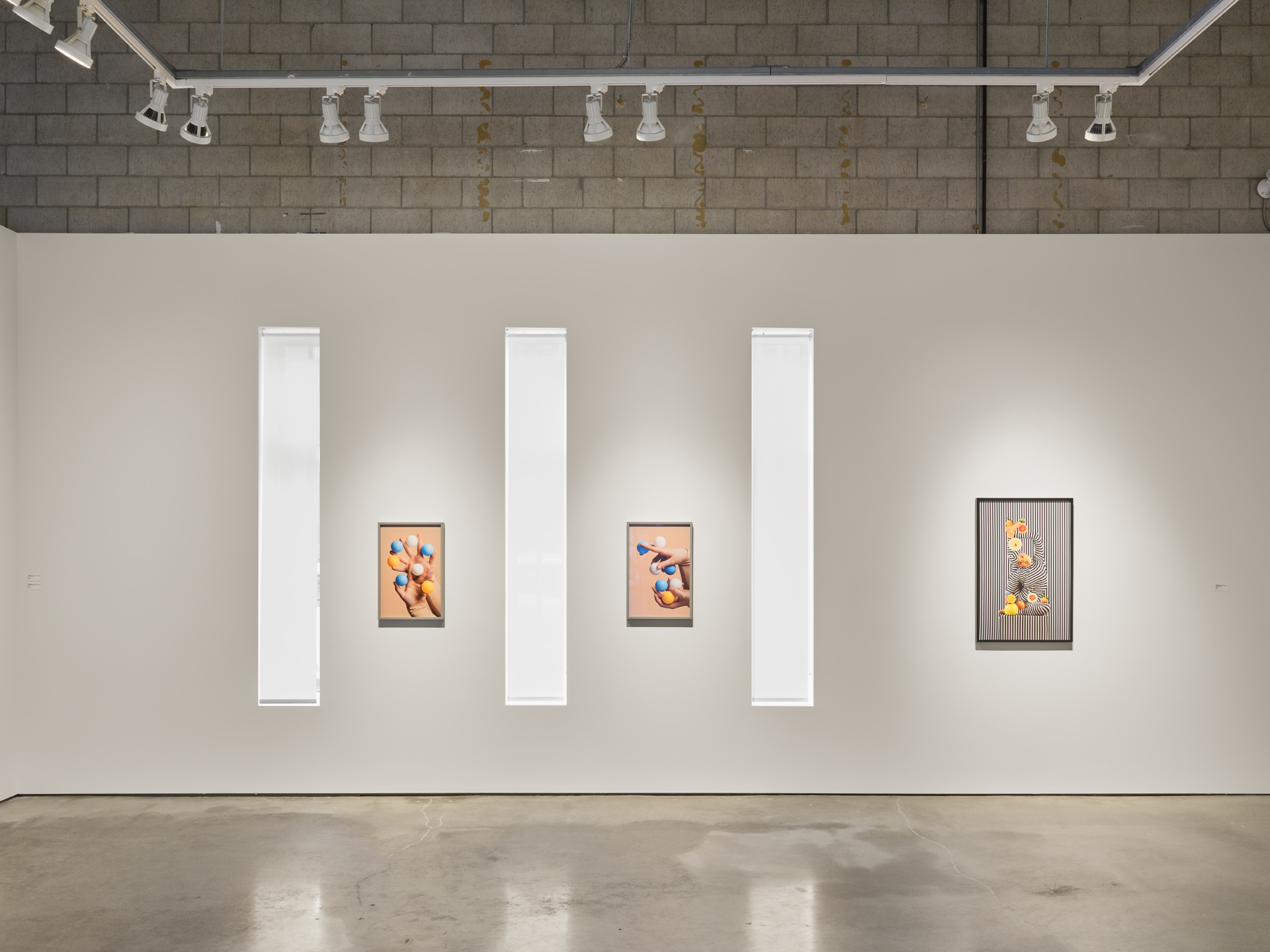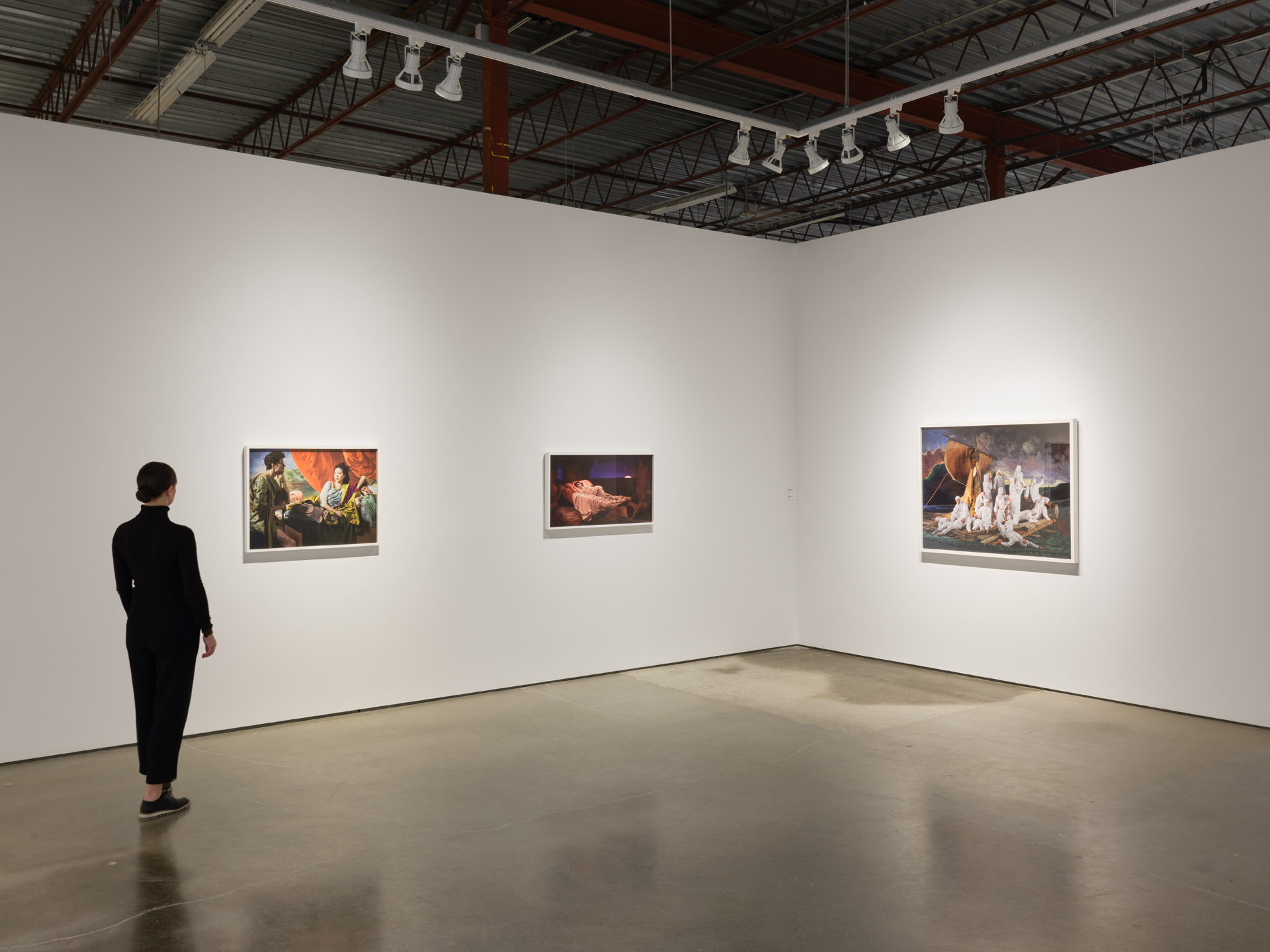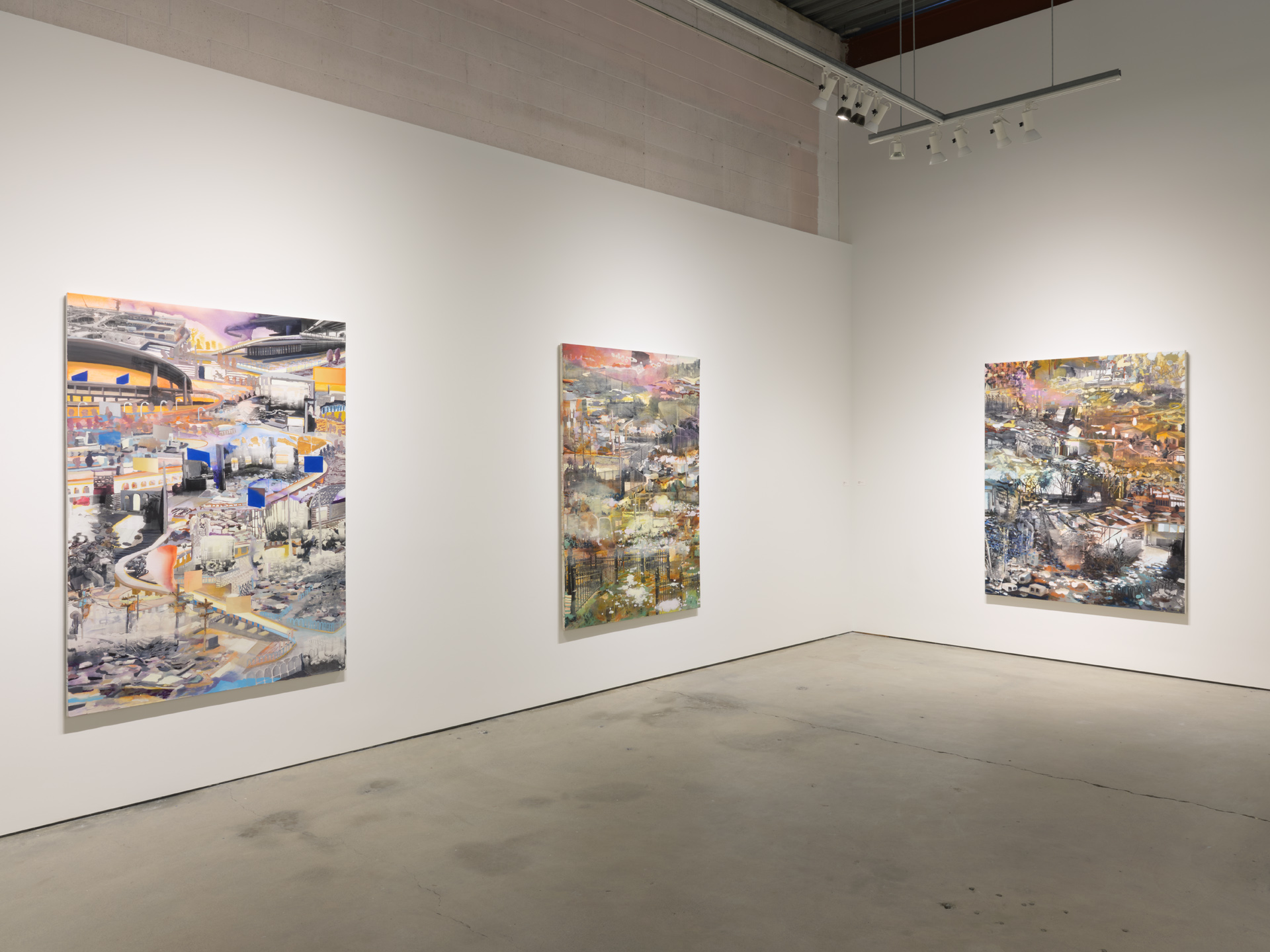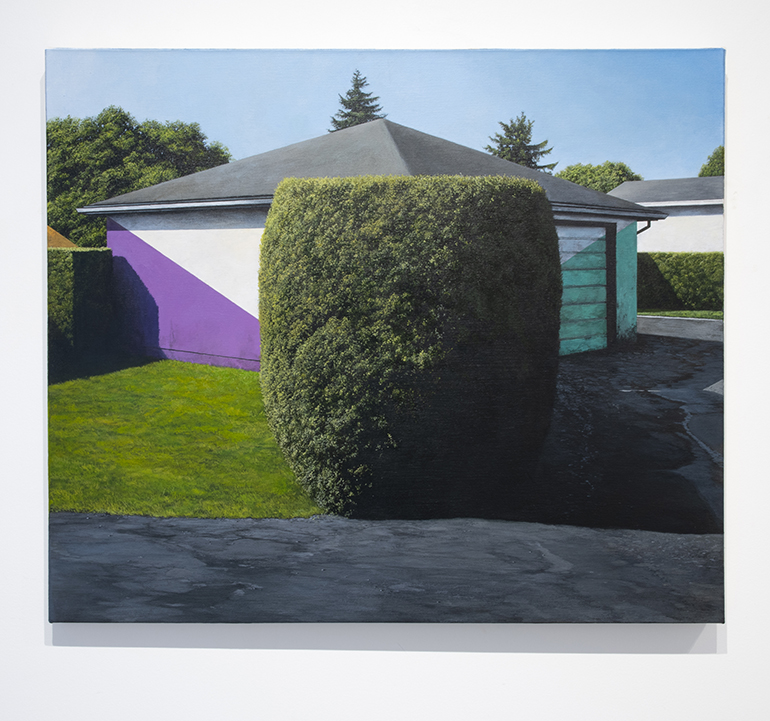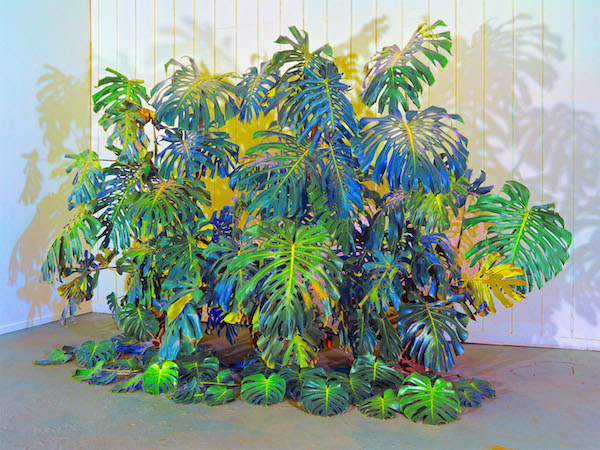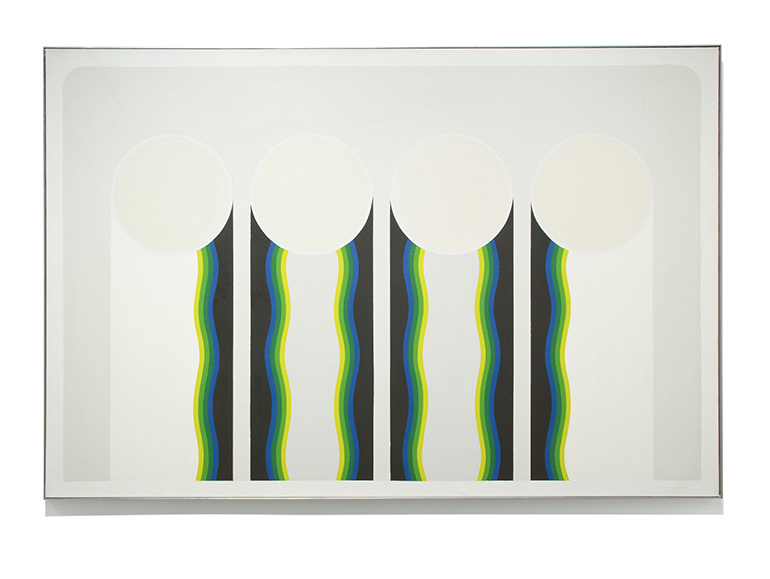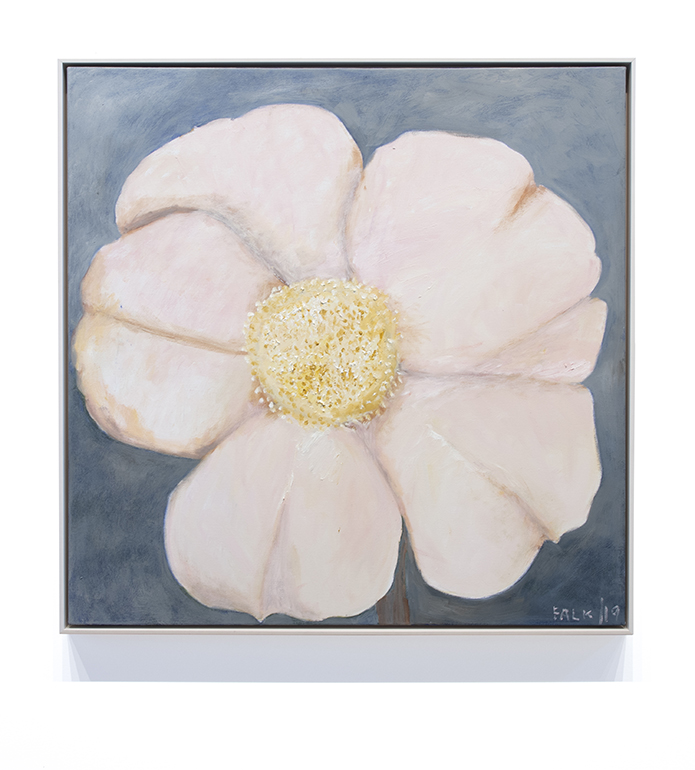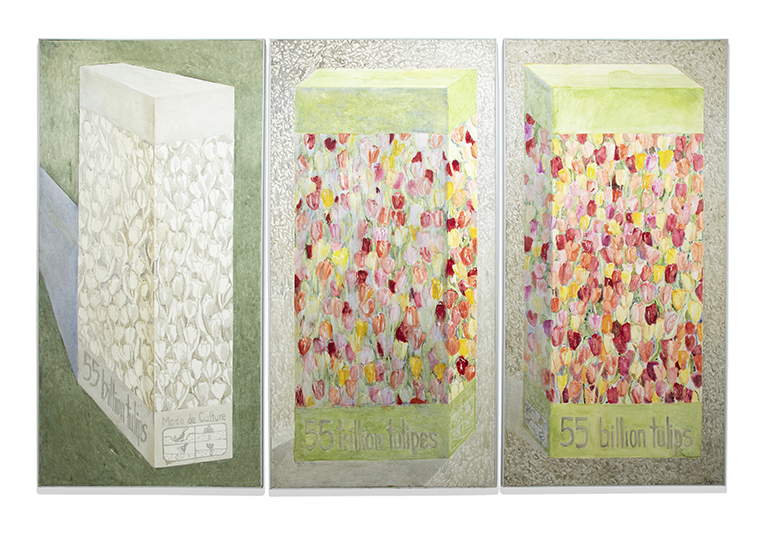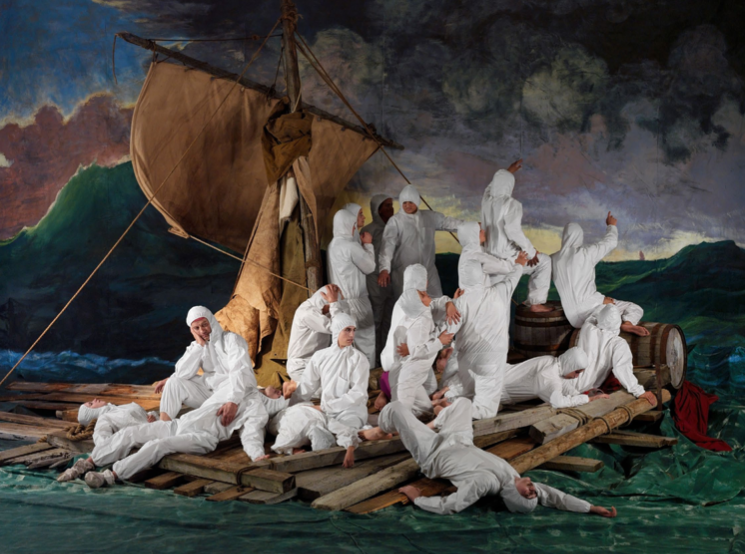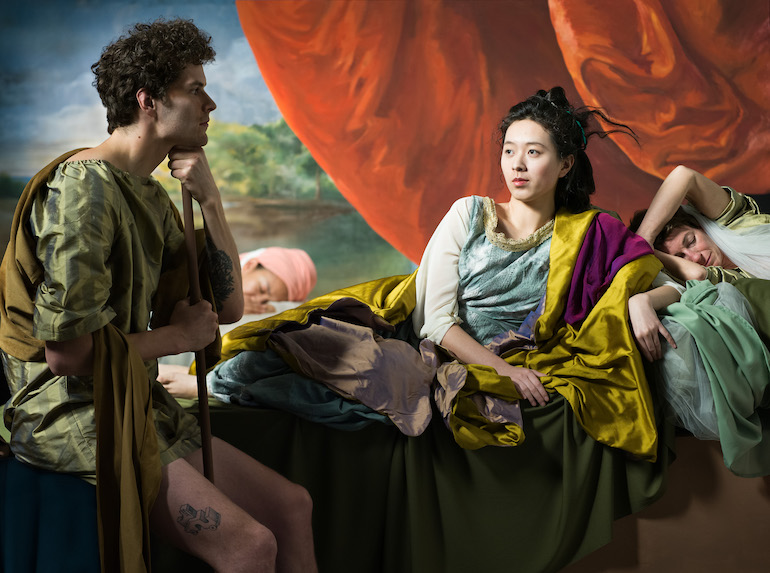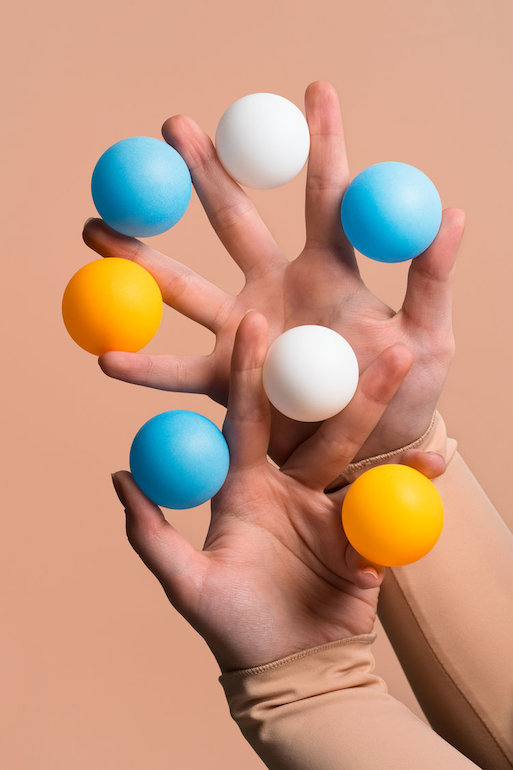Bobbie Burgers
Marten Elder
Gathie Falk
Adad Hannah
The Estate of Fred Herzog
Erin McSavaney
Ben Reeves
The Estate of Gordon Smith
January 5, 2021 - January 31, 2021
For our first exhibition of 2021, Equinox presents a selection of paintings and photographic work by gallery artists Adad Hannah, Erin McSavaney, Marten Elder, Gordon Smith, Ben Reeves, Gathie Falk, Renée Van Halm, Jack Shadbolt and Bobbie Burgers. A rotating selection of works by Fred Herzog are also on view in our side gallery.
For more details on these or other works by these artists, please contact the gallery at info@equinoxgallery.com.
Featured Artists

Bobbie Burgers
Bobbie Burgers
Bobbie Burgers is interested in the process of decay, transformation, and metamorphosis in nature. With a distinct style that merges abstraction with representation in increasing degrees, her work brings together instinctive compositions while revealing her precise powers of observation. Remarkable for their compositional rhythms, bold coloration, and sweeping gestural brushstrokes, Burgers’ paintings bring alive the fundamental quest to express something personal, subjective and emotive, in a poetic, abstract way.
View Work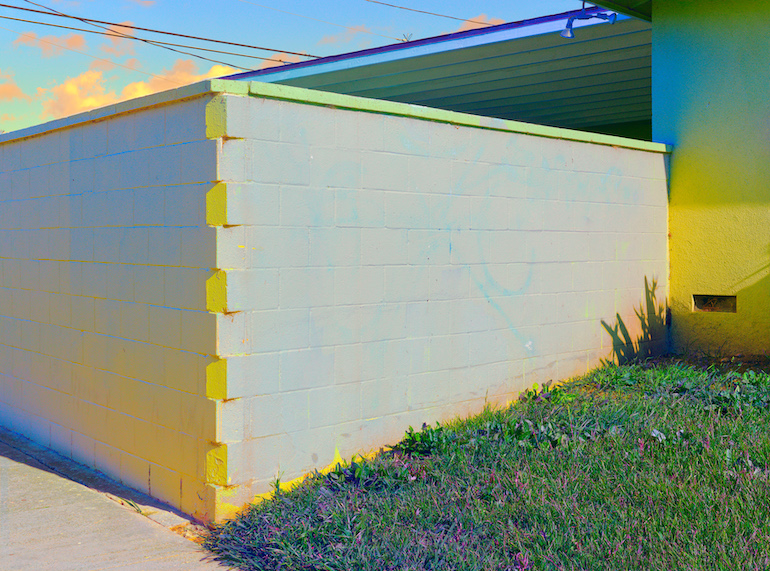
Marten Elder
Marten Elder
Marten Elder’s photographs offer a reconsideration of the way that images are captured in light of digital and technological developments. Through careful interpretation of the raw data, Elder produces photographs that disrupt spatial hierarchy and that are intensely vibrant in their tonal range. The colours may seem synthetic at first, but they all exist in the world in the same relative relationship to one another, and it is this representation of the world that is of great interest to Elder.
View Work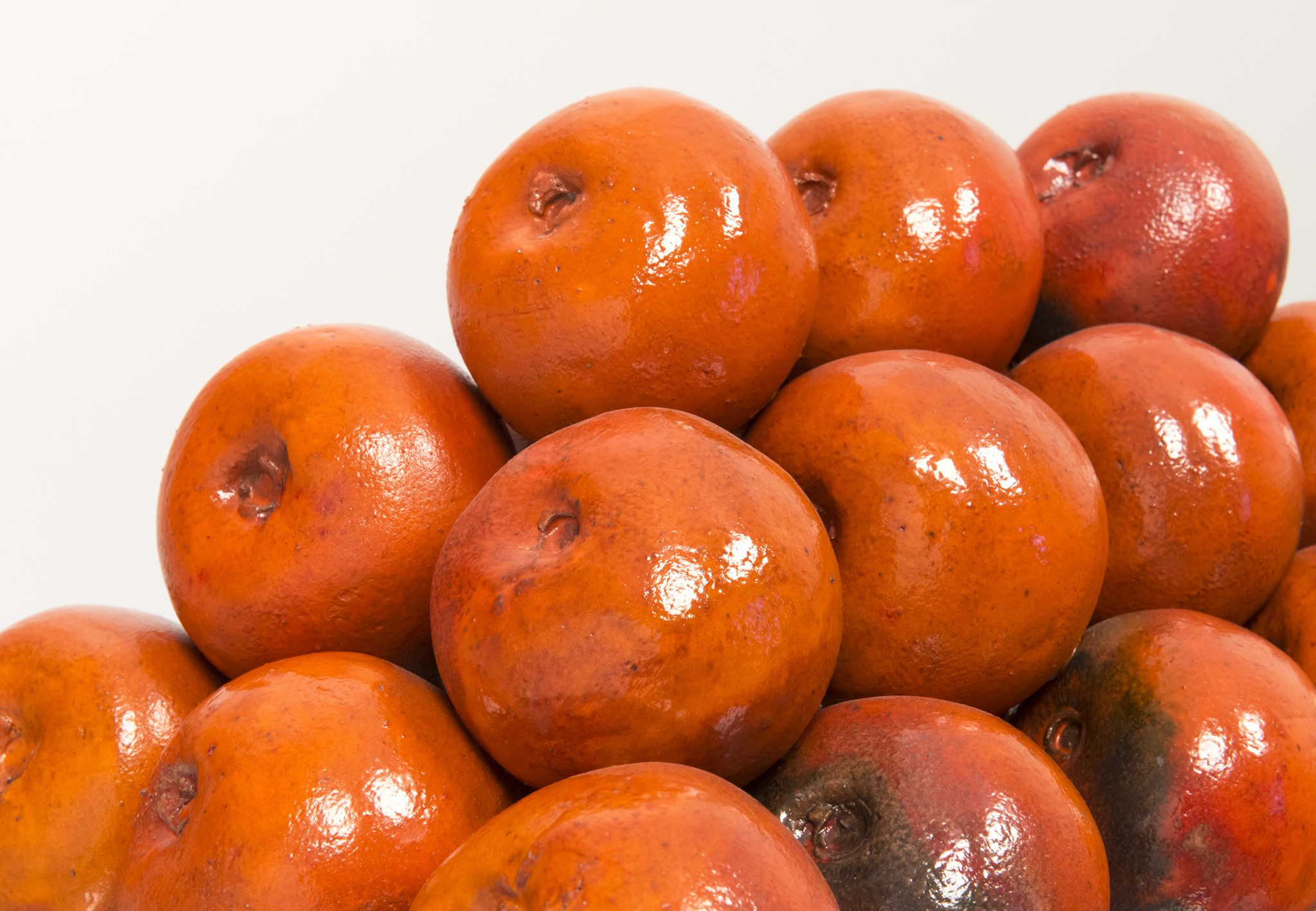
Gathie Falk
Gathie Falk
Gathie Falk’s practice meticulously transforms objects of everyday experience into extraordinary things. Working in a variety of media that includes performance art, sculpture, ceramics, painting and drawing, Falk has produced works that feel surreal and dreamlike, reinventing clothing, fruit, plants, shoes, or baseball caps into objects of much greater significance. Although these objects are relatable in their familiarity, it is the personal symbols they carry – not the universal – that are of interest to Falk. Her practice has been aligned with the traditions of Surrealism, Funk, Fluxus, and Pop Art, but the influences are rarely direct. Indeed, Falk is most comfortable when poised on the edge of contradictions.
View Work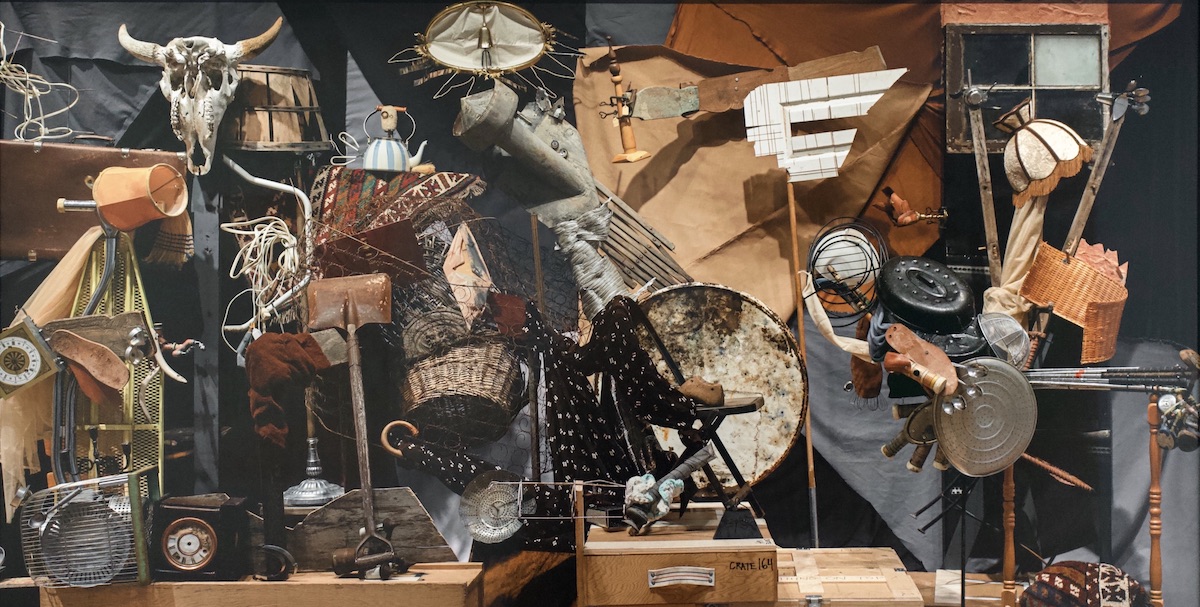
Adad Hannah
Adad Hannah
Adad Hannah explores historically trenchant themes through elaborate bodies of work that include installation, video, and photography. Inspired by the historical practice of tableaux vivants (translated as “living pictures”), Hannah’s overall practice invokes the durational form of early cinema, while also making reference to early photography by mimicking paintings at a time when it was the very goal of photography to do so. Time occupies a prominent place in Hannah’s production, forged by a lasting interest in temporality and its complex relationship with photography and video. Hannah adds to this history by bridging, or blurring, the divide between the tableau in photography and its originating form as living, i.e., live picture.
View Work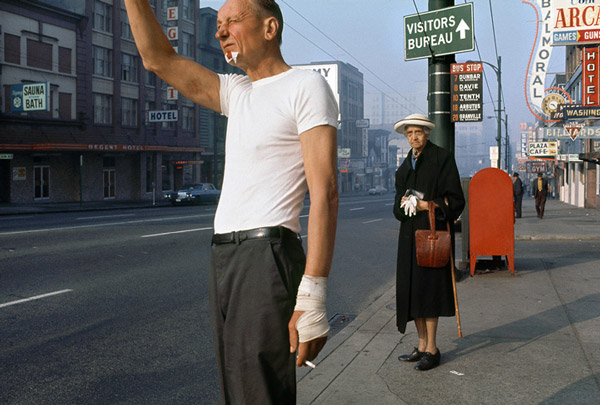
The Estate of Fred Herzog
The Estate of Fred Herzog
Fred Herzog was born in Germany in 1930, and immigrated to Vancouver, BC in 1953. Throughout his career he worked almost exclusively with Kodachrome slide film, and only in the past decade did technology allow him to make archival pigment prints that match the exceptional colour and intensity of the Kodachrome slide. Herzog’s use of colour was unusual in the 1950s and 60s, a time when art photography was almost exclusively associated with black and white imagery. In this respect, his photographs can be seen as a pre-figuration of the “New Colour” photographers of the 1970s.
Equinox Gallery is the exclusive representative of the Estate of Fred Herzog.
CLICK HERE to read more on Fred Herzog from The New York Times.
View Work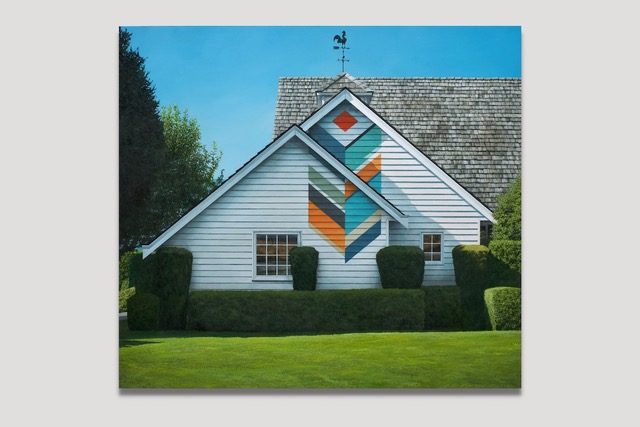
Erin McSavaney
Erin McSavaney
Erin McSavaney focus’ on spaces of everyday life and demonstrates how under close examination our perception of reality can be changed. Inspired by the practices of the 1960s Photorealist painters, McSavaney’s paintings are drawn from observations of his subjective urban landscape. McSavaney begins by walking or biking through urban spaces and carefully documents various interactions between nature and architecture. He then renders hyper-realistic spaces in acrylic paint on canvas. From afar, these paintings appear as a photograph or film still; but upon close inspection subtle details bring attention to the physical object of painting itself.
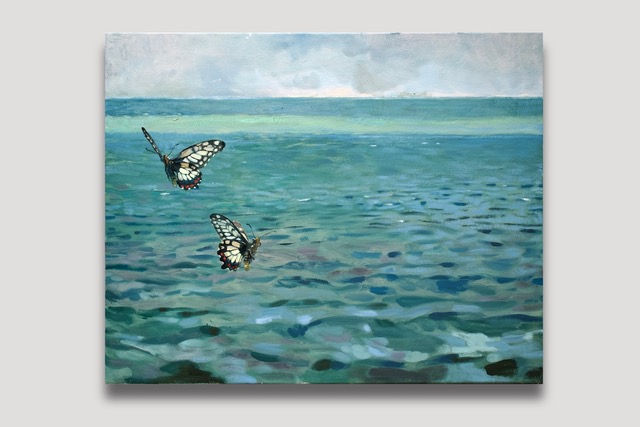
Ben Reeves
Ben Reeves
Ben Reeves is known for his sumptuous use of paint in compositions that deftly explore the relationship between abstraction and depiction. His work is actively engaged with the theory of painting, raising questions about the authenticity of imagery, while remaining deceptively traditional. At first glance, many of his works appear to borrow generously from 19th-century realism, yet they are often meticulously conceptual. Reeves’ work continually asserts that the painted image is a vocabulary of brushstrokes, a culturally understood visual language. Dominated by thick daubs of oil paint, Reeves’ paintings command a physical presence with their relief-like impasto surfaces.
View Work
